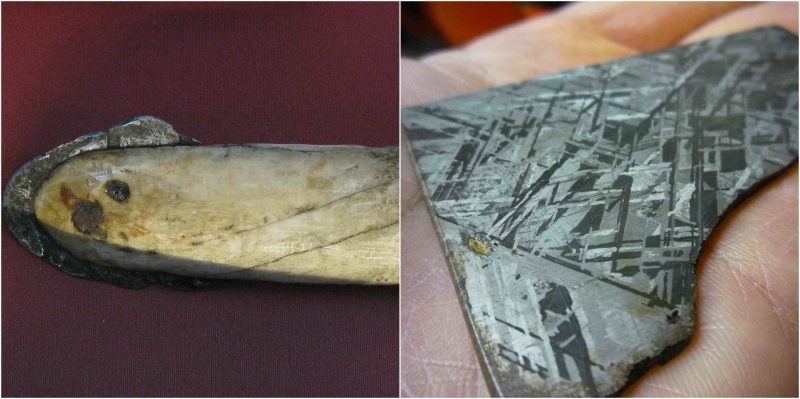It is known that by 1200 BC, iron was widely used in various territories in the Middle East, including the ancient kingdoms of Persia and India. In Europe, except for ancient Greece, extraction of this resource began a bit later, somewhere between the 8th and 6th centuries BC. Before iron smelting came to prominence as a significant civilization asset and invention, the only usable source of iron metal on our planet came from space.
Composed of iron and also a smaller percentage of nickel and other metals, iron meteorites and stony-iron meteorites make up only about 6 percent of the meteorites that fall to Earth. This meteoric iron found significant usage among our ancients, long before the Iron Age started.
Numerous historical artifacts testify to this, including iron beads discovered in a tomb near el-Gerzeh in Ancient Egypt, as well as a dagger found in King Tutankhamun’s tomb. As it turns out, both of these relics contain similar proportions of the metals that are found in iron meteorites. A meteorite discovered in the proximity of the el-Gerzeh tomb most likely served as the resource for the production of the beads.
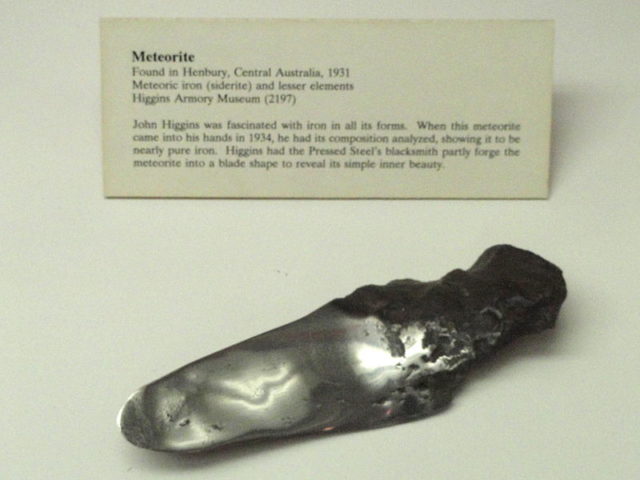
The ancient Egyptians were apparently not alone in finding meteorite iron valuable. Plenty more archaic societies and cultures did the same in order to produce tools and weapons. The Nama people of the southern parts of Africa made use of the Gibeon meteorite for centuries, a large piece of which had fallen in Namibia in prehistoric days. In Tibet, there is also a unique statue known as the Iron Man, or Vairsavana, that is believed to have been carved out of a nickel-rich iron meteorite.
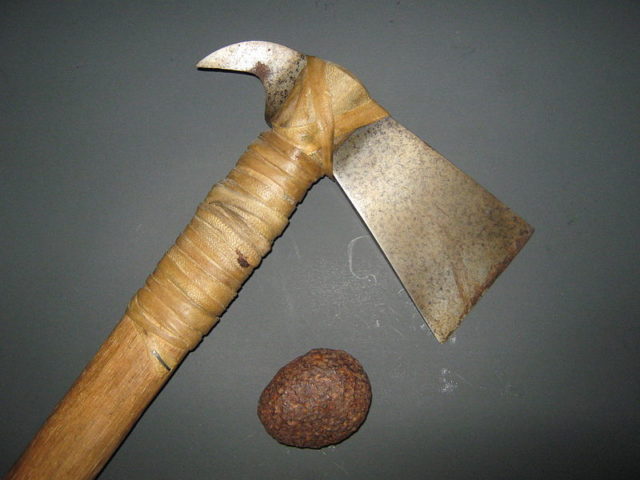
Piles of basalt hammerstones, as well as larger blocks presumed to be anvils, have been found at the site of a large iron meteorite at the Cape York Peninsula in northern Greenland, proof that people of the Arctic also used meteorites to produce their weapons.
They would extract iron from the meteor and beat it to flatten the metal and form the sharp edges for knives or blades for their harpoons. Jens Fog Jensen of the National Museum of Denmark explains that they did a lot of hammering: “The blacksmiths would start by knocking off a small piece, thoroughly beating it flat and giving it a sharp edge, then hardening it further so that it could serve as an arrowhead or flensing knife.” A research expedition to Greenland in 2014 has provided more insight on how the entire process may have looked.
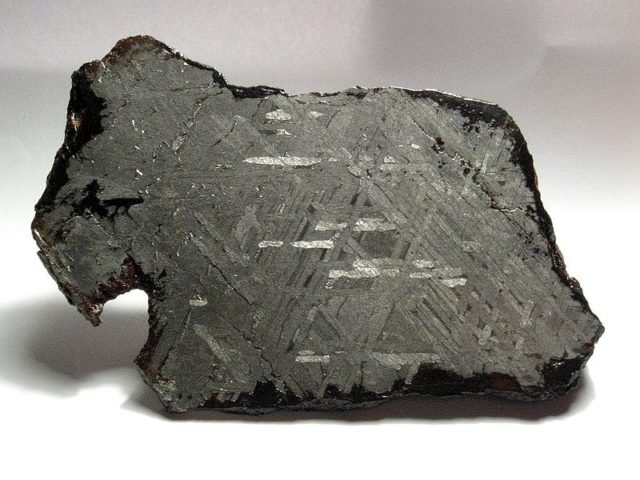
Estimates suggest that the stone piles found here may contain 70 tons of hammerstones, which certainly stands for a remarkable achievement. We should also bear in mind that the basalt needed to be transported 30 miles to the location of the precious resource.
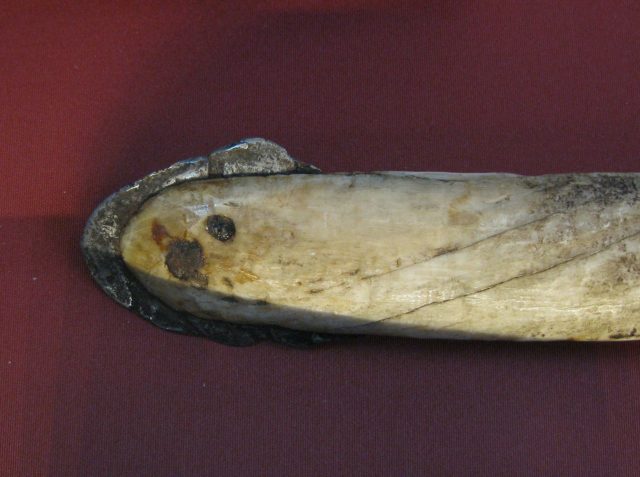
Like many other cultures in the world, the Paleo-Eskimo people took advantage of the meteorite iron before they had access to the technology that allowed extraction of metal from iron ore. They would use this resource to trade with other people, even many hundreds of miles away. Evidence has shown that the Cape York meteorite resembled perhaps the most significant supply of iron around the Eastern Arctic, which has made it all the more challenging for archaeologists to determine whether a weapon found in Canada was indeed crafted with material from the Cape York.
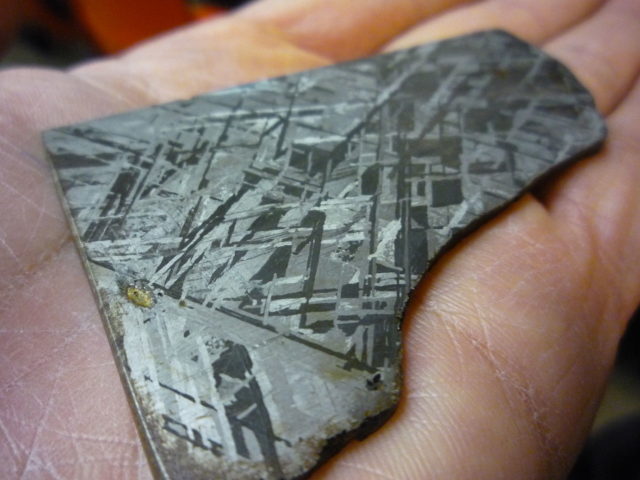
The usage of meteoric iron was widespread. Even after the invention of smelting, meteoric iron continued to be used in parts of the world where the new technology was still unavailable or where metal counted as a rare resource. A great example is a horseshoe produced around 1854 that made use of the Cranbourne meteorite.
The days of using meteorites for producing weaponry or other needed assets are over now, and most of the time, meteoric iron solely finds purpose in education and science. At least until the next Ice Age.
